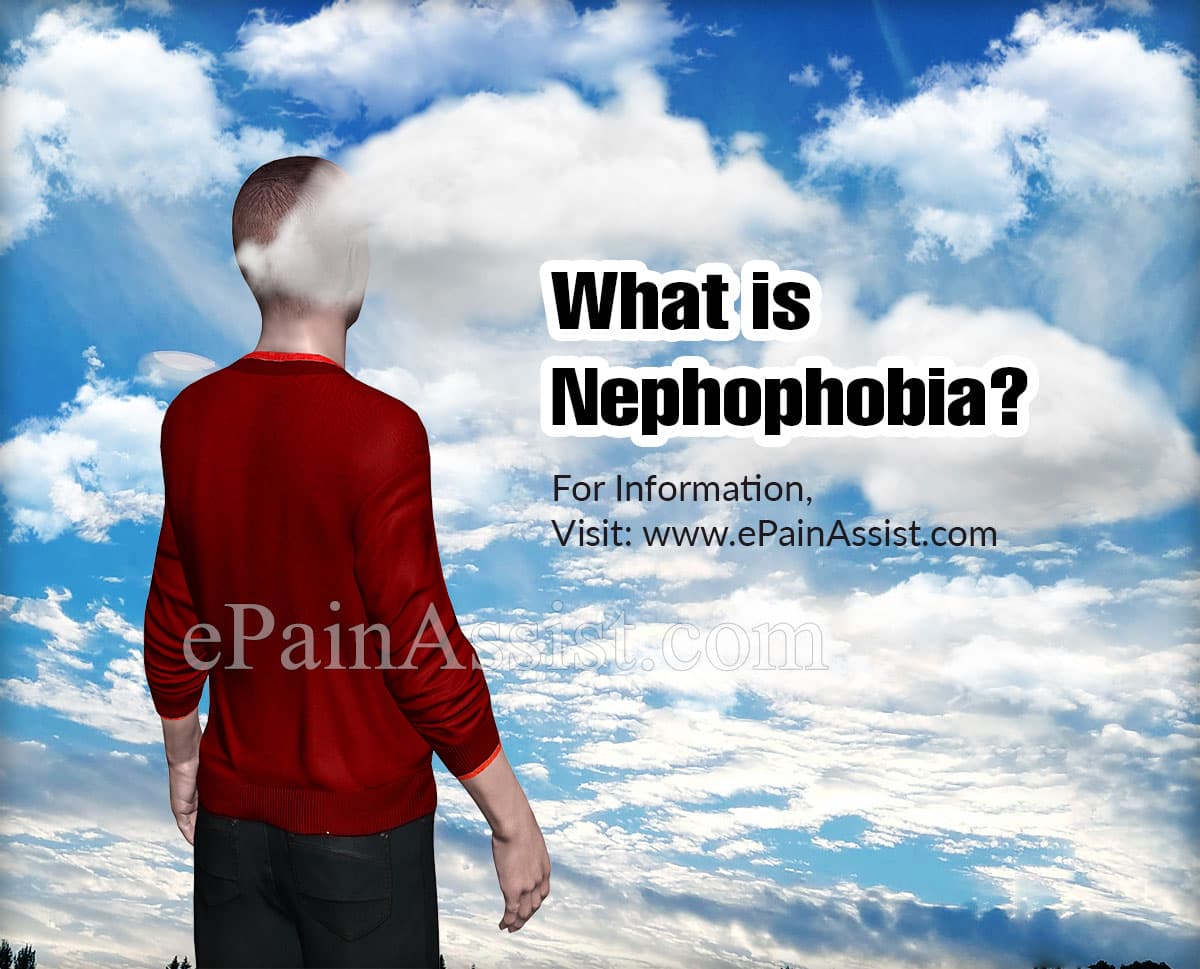What is Nephophobia?
Fear of clouds is known as nephophobia. Nepho is a Greek work which means clouds and phobia means fear. It is a rare condition but very real for those who suffer from it.
Weather phobias impact more people than one might think of.
Those suffering from Nephophobia show extreme and persistent physical symptoms which include anxiety and tremors when exposed to the cause of fear.
It is a simple phobia with genetics and family history playing a big role.
Researchers say that weather-related phobias are often caused by traumatic experiences with severe weather (1). Extremely bad weather with tornadoes, hurricanes, and storms mark the beginning of nephophobia.

Some people with nephophobia are disturbed by the odd shapes of clouds their shadow and with the fact that they live overhead seems quite disturbing for them.
The treatment is available but it is important for one to know what is happening with them and why.
Symptoms of Nephophobia
The symptoms of nephophobia may vary from person to person. The common symptoms include:
- Excessive fear and anxiousness on seeing the clouds gathering.
- Dry mouth or nausea on seeing or even on thinking of the clouds.
- Tremors or heart palpitations on being exposed to the clouds.
- Fight or flight desire on seeing the clouds forming
Diagnosis of Nephophobia
There is no specific test to diagnose nephophobia. The best is to speak with the general practitioner, health specialist or a counselor about the symptoms experienced.
A mental health professional may help determine whether you suffer from the phobia or not. After the diagnosis, he would determine the treatment plan.
Treatment of Nephophobia
Nephophobia can be treated with a combination of few therapies such as talk therapy, cognitive behavior therapy, exposure therapy, and EDMR therapy. There are also a few prescription medications given by the doctor.
Exposure Therapy
Exposure therapy is considered the best treatment for many phobias.
It operates by repeated exposure to the things a person is phobic too. It starts by making the person think about the clouds, gradually showing him the pictures of the clouds indoors and eventually exposing him to the cloudy weather outside.
Virtual reality technology has become an important tool to treat different phobias (2).
The success of exposure therapy is highest in the treatment of phobias.
Medication
There are certain medications such as beta-blockers that block the effects of adrenalin and sedatives which relax you when around the trigger.
The sedatives become addictive and are therefore avoided often.
Clouds are something that cannot be avoided especially during the rainy season. It is therefore important to seek treatment if the phobia is really impacting daily life. Exposure therapy, behavior therapies are found successful in reducing the symptoms of nephophobia, without taking medications.
For the treatment of Nephophobia to be successful, it is importnt for the patient to be committed to the treatment and be ready to work on the condition. Seek the doctor’s help if the condition is making difficult to live the way you want to.
